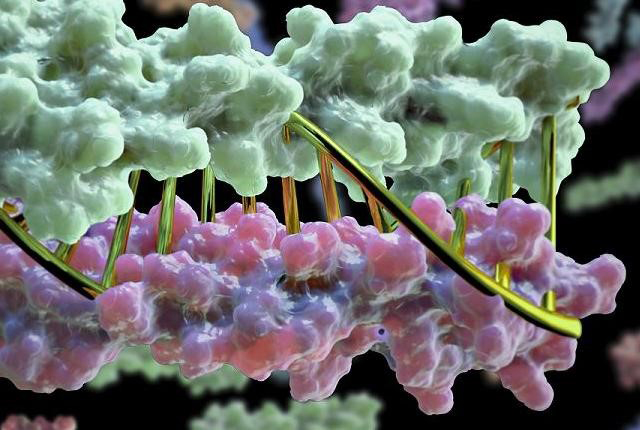
Scientists Zoom In on the Atomic Structure of Artificial Proteins
Using cold temperatures and machine learning, researchers visualized individual molecules in a synthetic soft material for the first time.

Using cold temperatures and machine learning, researchers visualized individual molecules in a synthetic soft material for the first time.

Designer polymers effectively mimic natural proteins in proton transport across membranes for health and energy technologies.

Insight into charge generation induced by light could enable the design of better photocatalysts made from nanomaterials.

Scientists reveal oxygen’s hidden talent for filling atomic gaps in 2D semiconductors and the surprising role of electron spin in electronic conductivity

New finding may help explain why we develop chronic diseases and cancer as we age…and even why food decomposes over time.

Using advanced computing, scientists designed protein pairs that perfectly complement each other

Researchers develop design rules that guide the self-assembly of crystals and frameworks into thin sheets for energy storage and other uses

Researchers design self-assembling nanosheets that mimic the surface of cells.

Layer-by-layer analysis uncovers microscopic mechanisms that affect thin film magnetism important to electronics.

For the first time, an international team of scientists has discovered the true origin of sodium salt in pristine Amazon air.

A new path is identified to keep lithium in its place during battery discharge, benefitting efforts to design better energy storage options.

Metal-organic frameworks designed with a topology-guided approach show higher efficiency than commercial benchmarks.